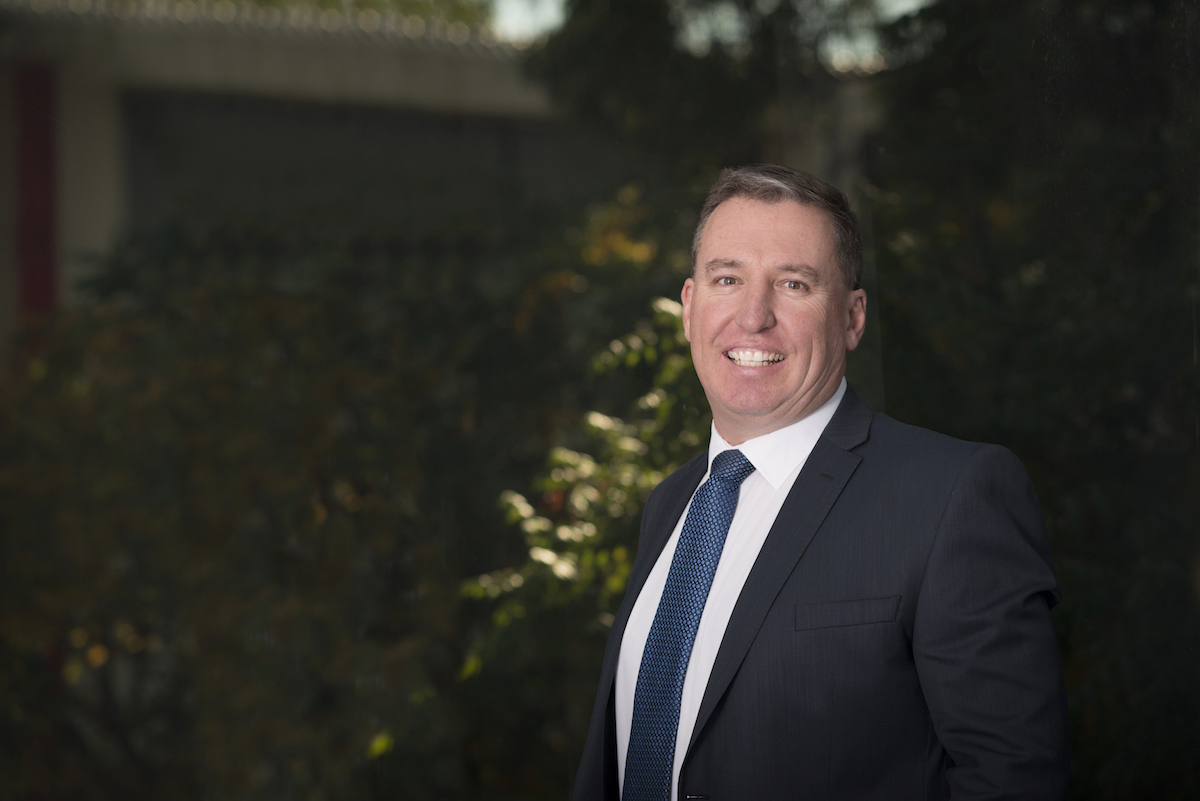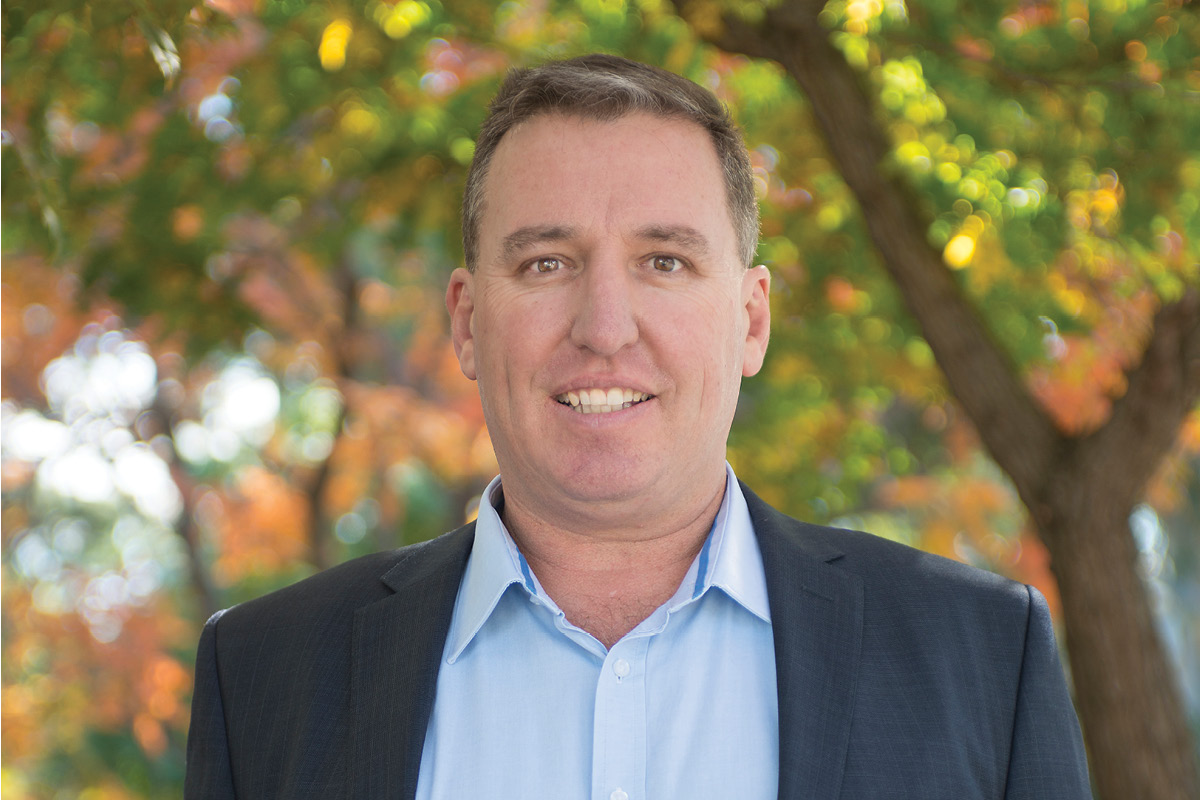A lack of visibility into the mining sector has long been a politicised issue in Australia, whether it’s around financial reporting, health and safety concerns, or environmental impact. While Australia’s minerals sector is a major contributor to economic growth, it often operates largely out of sight, with even the regional and remote communities surrounding extraction sites kept in the dark about many elements.
For mining boss Steven McClare, however, transparency is a part of his DNA. For starters, it takes only a cursory Google search to discover that he is the CEO of Hillgrove Resources, is based
in South Australia, and how much he is paid per annum.
Steven McClare takes mining back to fundamentals
Hillgrove Resources is fixing to become a mid-tier resources group, with its key operation site the Kanmantoo open-cut copper–gold mine 55 kilometres outside of Adelaide, with surrounding extensions holding potential upside. But as the organisation and its impact on society are set to grow, this won’t be accomplished by ignoring the needs and concerns of surrounding communities, says Steve.
When first coming on board as general manager of Hillgrove Resources in 2012, and then being promoted to managing director and CEO in 2015, Steve led the company through some massive changes to remove debt and enhance productivity. He saw it cut operational costs by a third, halve its corporate expenditure, improve its risk management process, and unlock value from the Kanmantoo site by taking it back to fundamentals.

“By removing other distractions, we could focus on improving. We saw that instead of going under, we were able to generate more copper metal out of the mine and develop new expansion and extension opportunities, but these achievements had to be deferred,” he says.
Excellence in supporting communities
Though there were enough challenges in house and on site to keep Steve well occupied, he saw his responsibility to the surrounding townships, in particular the Kanmantoo and Callington regions, as critically important. “When I first got into Kanmantoo, the relationship with the community was very tense. We had an activist group in the town rallying against the mine,” says Steve.
He understood that Hillgrove had to lay some serious groundwork to provide greater visibility across the operations of the copper mine. Through refreshing the Kanmantoo Callington Community Consultative Committee (KCCCC), Hillgrove could better engage with the community and build its social presence, providing a public forum through which the community could come together to raise issues and encourage action on matters related to the copper mine.
“The community has put in a hell of a lot of work with the consultative committee, and we’ve seen a lot of progressive rehabilitation involving the local landcare groups,” says Steve. For its efforts, Hillgrove and the KCCCC won the Premier’s Community Excellence Awards in Mining and Energy last year for ‘Excellence in Supporting Communities’. The award recognised Hillgrove for building durable relationships with the community and for delivering projects that make a tangible difference to the area.
Hillgrove Resources takes an upfront approach
“We want to show the people of the Adelaide Hills what mining can be. We mightn’t be the ideal neighbour, but we do the best we possibly can to get along,” Steve says.
This includes adopting an upfront approach, such as admitting that issues exist, and even providing evidence of these issues, which has greatly improved the relationship with the community. “People complain about dust off the mine, and we say, ‘Yes, we are the biggest source of industrial dust in the district, no doubt. But we are working hard to be the best neighbour we can be’,” says Steve.
People complain about dust off the mine, and we say, ‘Yes, we are the biggest source of industrial dust in the district, no doubt. But we are working hard to be the best neighbour we can be.
The company has also worked closely with the Department of Health to do its own tests, and to provide an independent source to answer questions posed by the community and diffuse concerns around the mine’s impact. “We also do free rainwater testing for everyone within 5 kilometres of the mine, so they know there aren’t any nasties in it. Occasionally there are, but to date they have had nothing to do with the mine.
“I grew up in Dardanup in Western Australia, one of a couple of hundred people, and I saw firsthand how my father worked on the council and handled complaints,” adds Steven. “It might just be small-town, country ethics, but having that interaction and trust has gained us a lot of friends and a genuine relationship with our community, which I’m really proud of.”



